"He understood that international language we call music": an interview with Elvis historian Roy Turner
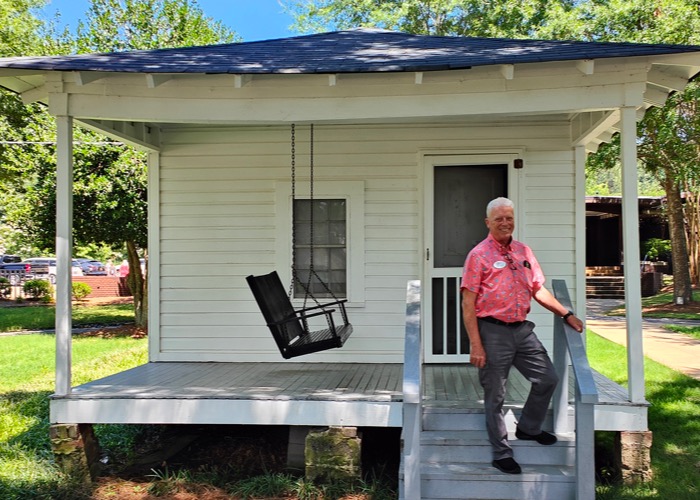
As Baz Luhrmann’s Elvis opens to critical acclaim, leading Presley historian, Roy Turner, talks to James Draven about why it was his hometown, Tupelo, Mississippi – rather than his manager Colonel Tom Parker – that shaped the life of The King
“Colonel Parker was the proverbial double-edged sword. He was good for Elvis, and he was bad for Elvis.”
When I meet noted Elvis historian, Roy Turner, at the Elvis Birthplace museum, I find him surrounded by Elvis keyrings and hip-shaking pendulum clocks. Wearing a hot pink short-sleeved shirt worthy of The King, he’s manning the gift shop while one of his staff members takes a break. When we retire to his behind-the-scenes office to chat however, the room is every bit the museum beyond its door, with prints and paintings of Elvis and photographs of the many people Turner has interviewed about the life of Presley lining the walls.
“[Elvis's manager] The Colonel was good in the early days in that he limited Elvis’s exposure, which made those girls just hunger for more, but in the end he let money stifle Presley’s creativity and I think that had a lot to do with Elvis’s early death.”
As the new musical biopic Elvis is released, I’ve come to Presley’s hometown of Tupelo, Mississippi to visit Elvis’s childhood haunts and interview Roy Turner about Elvis's life.
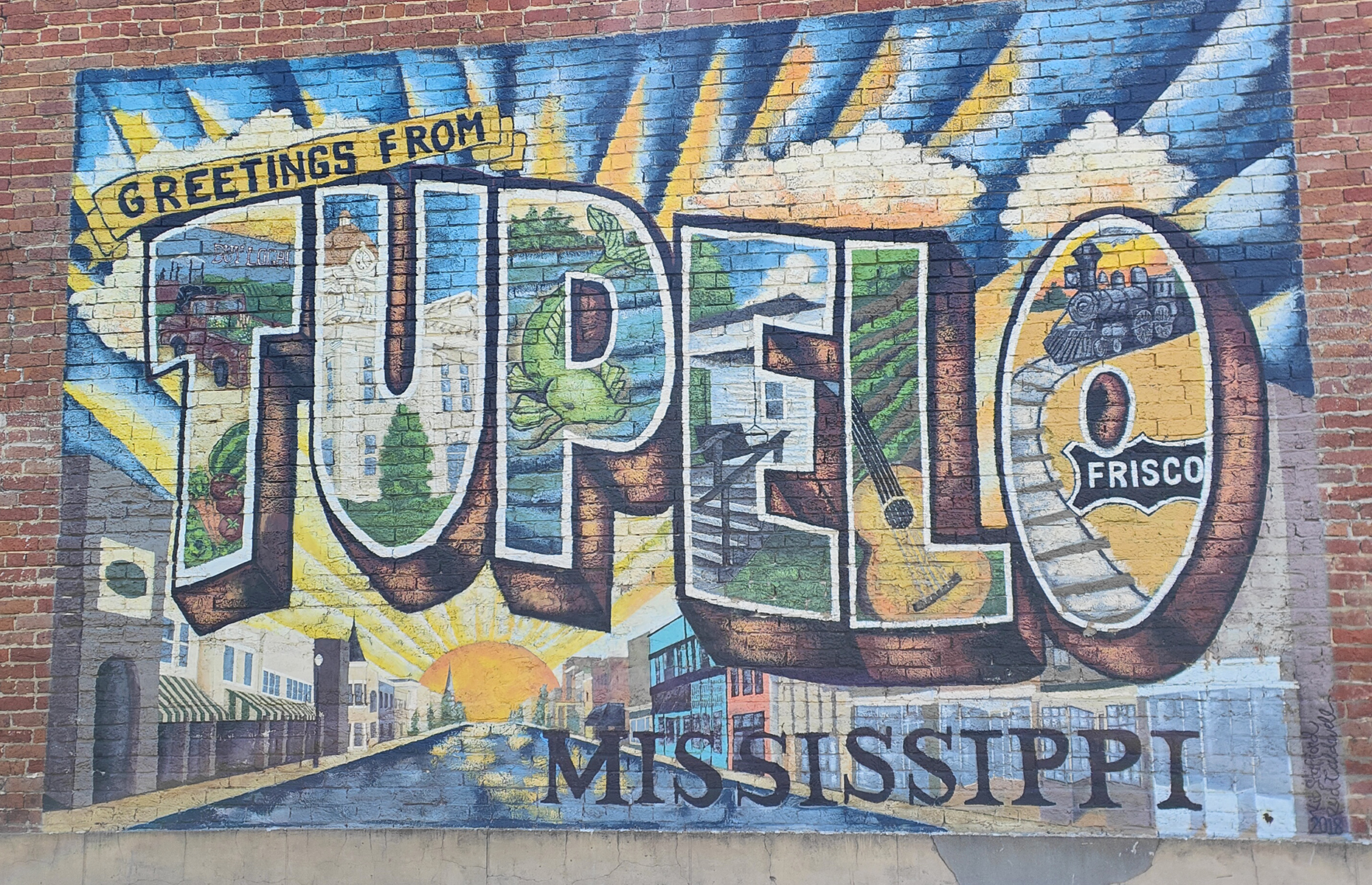 James Draven, shot with Oppo Find X5 Pro
James Draven, shot with Oppo Find X5 Pro
Elvis director Baz Luhrmann tells the story of Colonel Tom Parker’s financial abuse of Elvis Presley and how one of the most important figures in music and culture of the 20th century ended his days in a gilded cage, trapped onstage at the International Hotel in Las Vegas.
“In the Vegas years, Parker was pushing [Elvis] to keep performing because he himself needed the money for his gambling debts,” says Turner, who has been researching the life of Elvis, making documentaries and assisting authors with numerous biographies since 1981.
“When Elvis died and was laying in state in Graceland, the Colonel was out there on the front lawn selling photographs. That’s just too much.”
Casting Tom Hanks as the notorious Colonel Tom Parker and the movie’s unreliable narrator, Luhrmann’s film is an unequivocal portrait of a nefarious sideshow manager manipulating his star attraction. However, Roy Turner clearly sees both light and dark in Colonel Tom’s relationship with Elvis.
“When Elvis [went] into the army, Colonel Tom had him make enough records so he could periodically release them, so that even though Elvis was out of sight he was never out of mind. In contrast he then went on to put him in those poor, cookie-cutter movies that Elvis hated. He was type cast – which is suicide to an artist – but they were money machines for the Colonel,” says Turner.
Elvis in Tupelo
In Luhrmann’s film he fast forwards through Elvis’s childhood in Tupelo by the means of a series of dazzling montages. Roy insists, however, that it was Presley’s years in Tupelo, his background, and his family – rather than his manipulative manager – that shaped the future king of rock and roll.
“When Colonel Parker appeared on the scene, his father Vernon just bought all his patter and was ready to sign. His mother, Gladys, was very apprehensive and did not want Elvis to sign with him though. She had that mother’s intuition.”
Elvis Aaron Presley was born at home – in the small wooden house that sits on these grounds – on 8 Jan 1935, shortly after his stillborn twin brother, Jesse Garon Presley. With Elvis’s birth coming as a surprise, Gladys Presley’s second son was all the more precious to her and she doted on the child.
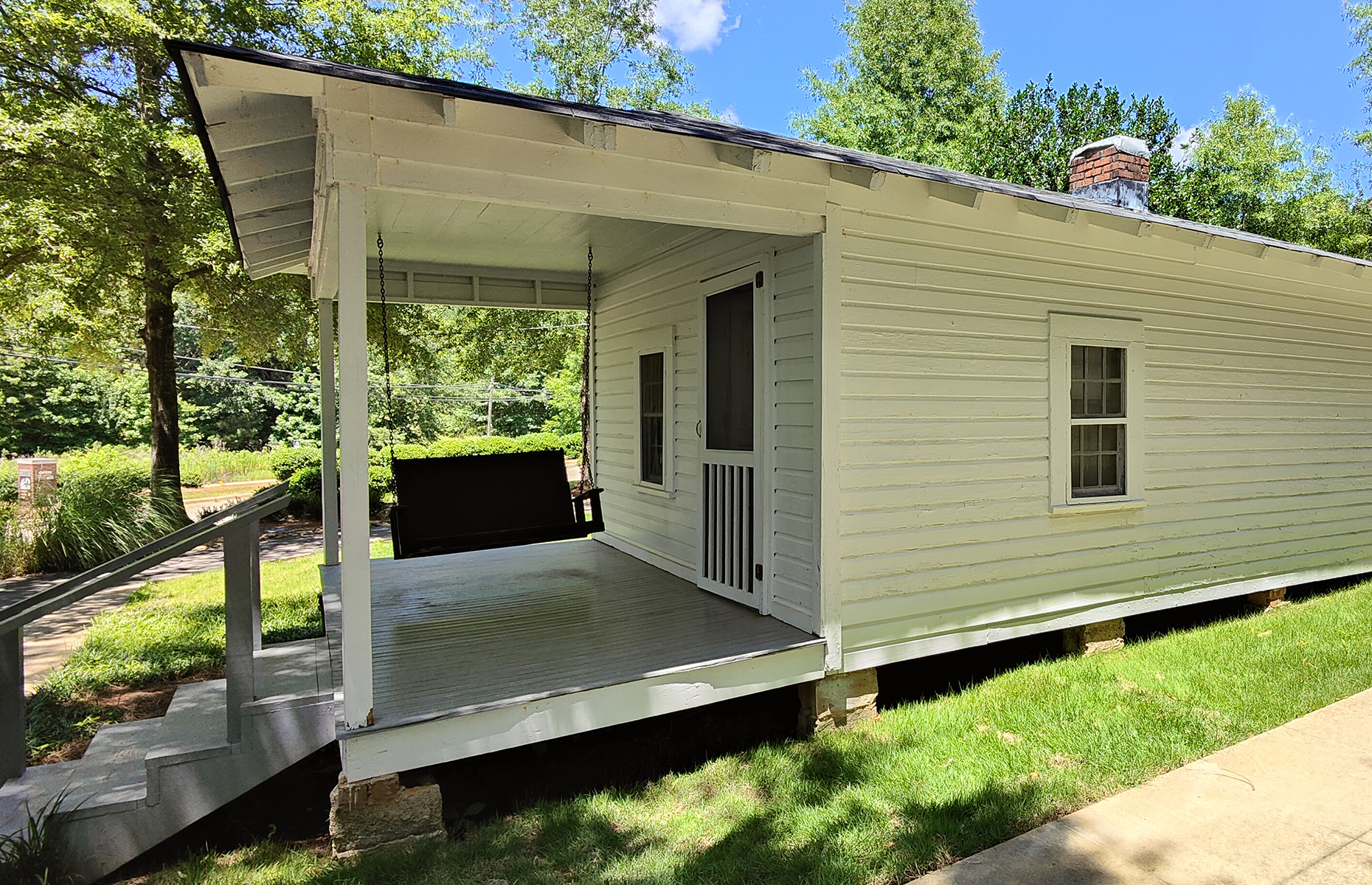 James Draven, shot with Oppo Find X5 Pro
James Draven, shot with Oppo Find X5 Pro
“Vernon and Gladys never talked about Jesse in the past tense; they always talked about him in the present as if he was still alive. That probably screwed with Elvis’s psyche,” says Turner.
“Elvis lived and Jesse died, so he felt triumph on the one hand but guilt on the other. Elvis felt he had to live enough for two, especially to please his mother. All the boy ever wanted was to do for his mother.”
Elvis was brought up in near poverty. His father Vernon was jailed for cheque fraud when Elvis was still a toddler, and Elvis and Gladys were forced to leave their little shotgun shack.
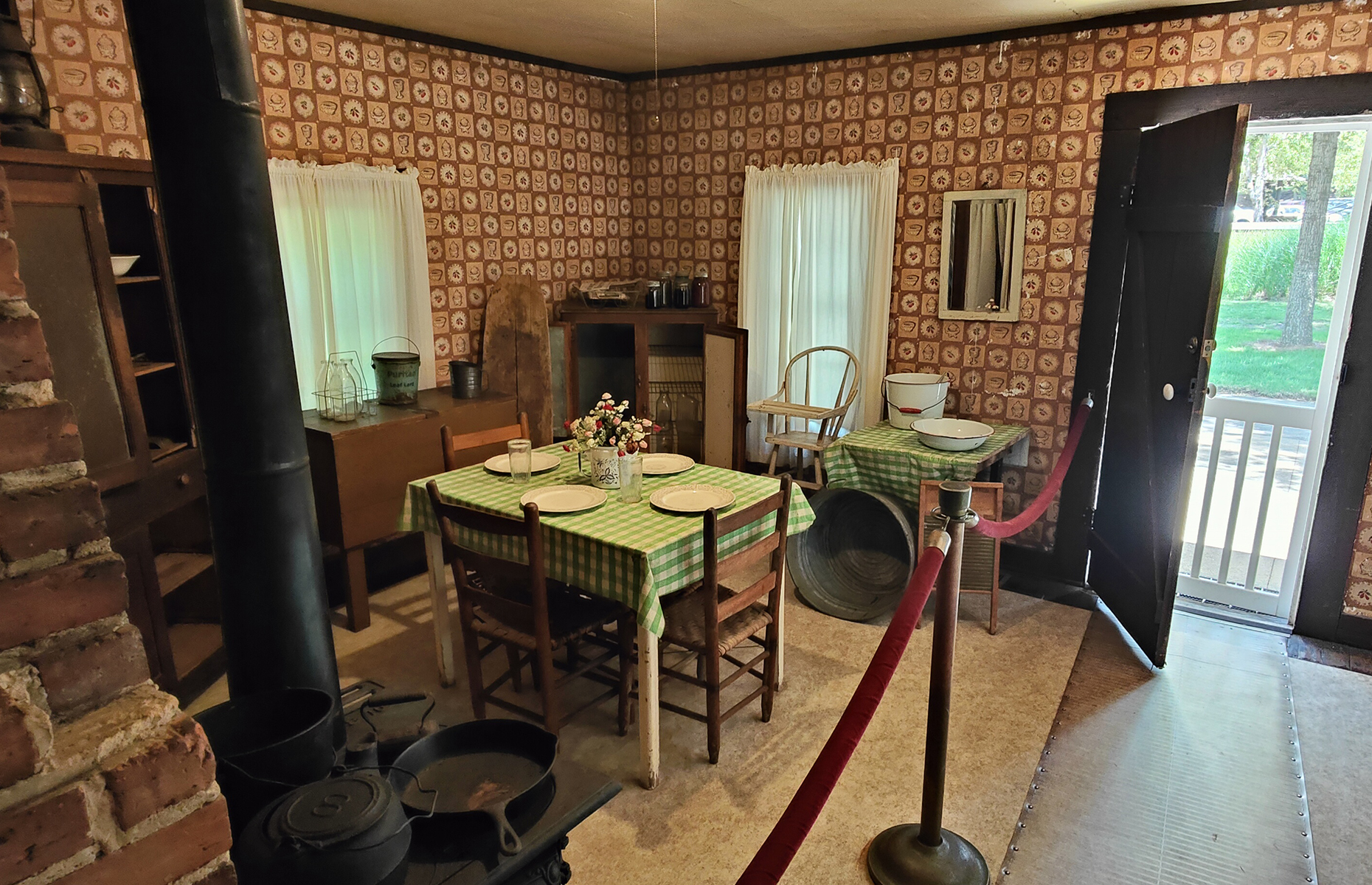 James Draven, shot with Oppo Find X5 Pro
James Draven, shot with Oppo Find X5 Pro
It was because of Vernon’s time in jail that Elvis and his mother formed such a close bond.
“When they were living alone and Gladys looked sad, Elvis would pat his mother’s knee and tell her he would take care of her,” says Turner.
“That’s how he felt toward his mother, like he was her protector even at the age of three.”
Turner tells me there are around 14 places dotted around Tupelo that are of importance to the story of Elvis. Lee County library has Elvis’s first library card on display, Tulip Creek and Mud Creek are spots where the young Elvis fished and swam with his friends. The Lee County Courthouse is where Elvis got his first break on the radio, singing on Mississippi Slim’s Saturday Jamboree on his WELO radio show. Priceville Cemetery is where Elvis’s twin brother is buried.
When he was eight years old, Elvis won his first singing contest at the Lyric Theatre, which at that time was called the Strand. Primarily a movie theatre, Elvis and his friend James Ausborn would collect soda bottles and trade them in for pennies to buy tickets to a Saturday afternoon double feature there, which was usually a Western film.
“Elvis would enter through the main door while his African American friend, Sam Bell, would have to go in through the ‘coloured entrance',” Turner tells me.
“When they got up to the balcony, Elvis would hop over into the ‘coloured section’ and sit with Sam through the movie. Nobody ever stopped him.”
Elvis under attack
Baz’s movie makes much of Elvis’s role in race relations in a segregated USA, emerging as he did into the limelight during a period of extreme bigotry. While Colonel Tom wished for Elvis to remain neutral on the subject and stick to being an entertainer, the film portrays Elvis as someone sympathetic to the plight of black Americans in the 1950s and ‘60s.
In real life, Elvis had his reputation tarnished after a bogus, racist quote was attributed to him, but Turner argues that Elvis was never racist:
“That story started in a publication for African Americans in Texas that was published by white people. Elvis was a threat to the status quo in America and they saw Elvis as making young, white kids dance to black music. They saw them moving and dancing like black people, and they regarded it as vulgar, as a threat to ‘50s Eisenhower, clean starched America. Perhaps they were trying to cause issues between Elvis and the black community.”
The story was picked up by Jet magazine, which was also aimed at African Americans, and that’s when the spurious quote entered into common knowledge.
As a child, Elvis lived for a while at 1010 North Green Street up on The Hill, which was a prosperous black community. There were three houses rented by white people in that neighbourhood and Elvis was the only white child. He ran with a little gang: Elvis, Sam Bell and a kid nicknamed Humpy, and Elvis and Sam were particularly close friends.
 Allstar Picture Library Ltd / Alamy Stock Photo
Allstar Picture Library Ltd / Alamy Stock Photo
“They would eat with each other’s families, have sleepovers in each other's houses. Sam’s grandparents, who raised Sam, thought the world of little 13-year-old Elvis. He would say, ‘yes, ma’am,’ and, ‘yes sir,’ to them at a time when white people did not show African Americans that kind of respect.”
According to Turner, an African American doctor from North Green Street wrote a letter to the editor of Jet to tell them that he knew Elvis as a little boy who would run around his neighbourhood with all the other kids.
“He told them, ‘I never saw anything racist in that child',” says Turner, adding: “For a doctor, a busy man, the only African American physician up there at the time, to go to that trouble – well, he wanted to set the record straight. He knew that kid and he knew that story was wrong.”
Elvis and his family lived in Mulberry Alley for a while, near the poor, black neighbourhood of Shake Rag. It was in the juke joints of Shake Rag that Elvis was first exposed to the Blues.
Bo Clanton, an African American delivery truck driver for one of the local grocery stores, used to drive Elvis around on his route. He took Elvis into Shake Rag where – among others – Elvis got to meet Muddy Waters.
“Elvis never saw colour,” Turner tells me. “He saw people and he heard and understood that international language we call music.”
Elvis’s homecoming
Elvis was the living embodiment of the Ugly Ducking story. At school he went through a pimple-faced, greasy-haired phase before transforming into the heart-throb he would become. He was made fun of in school.
“I got Elvis’s high school annual and started contacting the senior class that Elvis would have graduated with,” reveals Turner.
“One girl told me, ‘If you wanted to make me mad in school, you’d write, ‘Shirley loves Elvis’ on the blackboard.’ Another girl said, ‘I sat behind him in fifth grade and all I remember is he had the dirtiest ears of anyone I ever saw!’”
In 1956, after Elvis had become famous, he returned from Memphis to play what he called his Homecoming concert in Tupelo. The city pulled out all the stops. All the stores had Elvis displays and the restaurants offered ‘Love Me Tender steak’ and ‘Hound Dog hot-dogs.’ They put on a parade and each school would have a float, and every float was an Elvis float, playing Elvis songs.
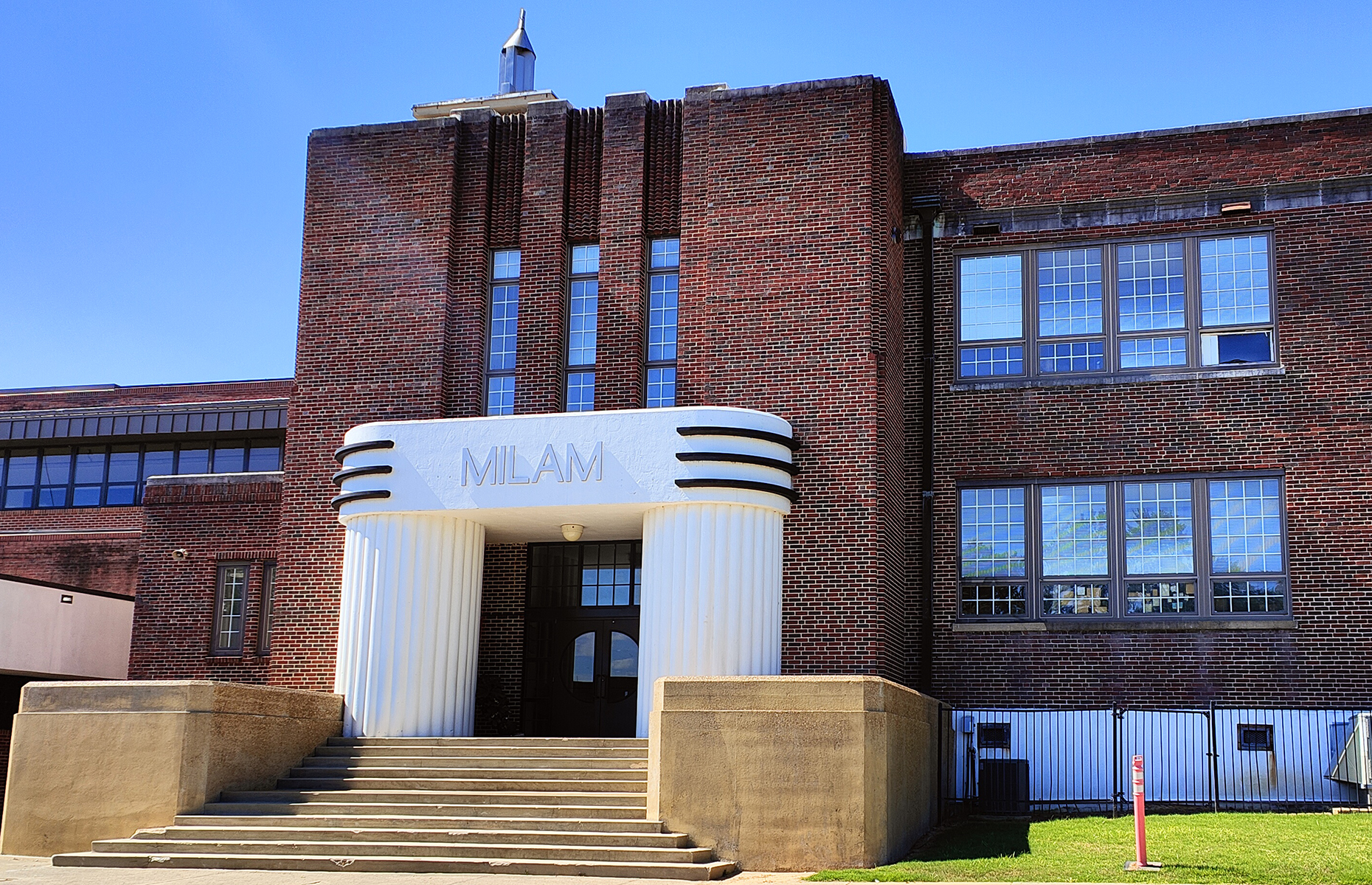 James Draven, shot with Oppo Find X5 Pro
James Draven, shot with Oppo Find X5 Pro
“He was always a white trash kid looking to prove something to his detractors, searching for love and recognition”, says Turner.
“Elvis’s father was an ex-convict, but the Mississippi Highway Patrol met them at the State line and escorted them into town. The governor flew up and proclaimed it Elvis Presley day. He was given a key to the city shaped like a guitar. To my thinking it was more than just a homecoming to Elvis – it gave his mother and father respectability that I don’t think they had before.”
After the concert was over, Elvis gave the money for the show back to the mayor, telling him to buy his childhood home and the surrounding 15 acres and turn the site into a park for the children of East Tupelo. Elvis returned the following year to play another show and again he returned his cheque to the mayor and this time insisted he build a youth centre on that site for the children.
“I was one of those kids,” says Roy Turner with a smile. “If Elvis hadn’t been thinking about us back then when he was just 21, we wouldn’t have this place to celebrate him today.”
Lead image: James Draven, shot with Oppo Find X5 Pro
Comments
Be the first to comment
Do you want to comment on this article? You need to be signed in for this feature